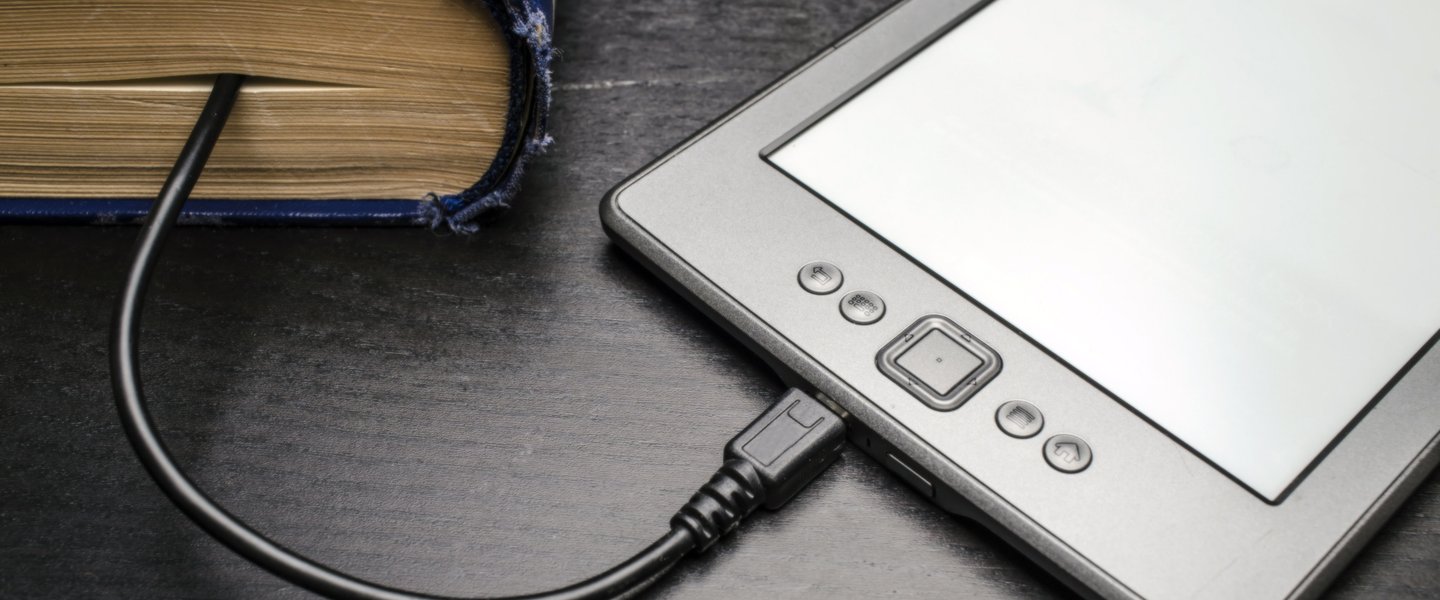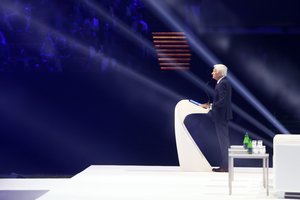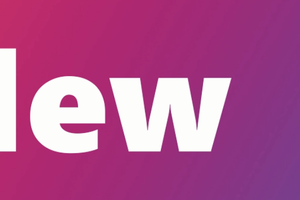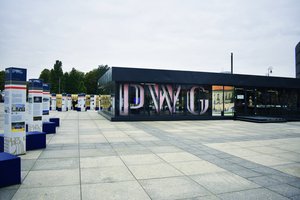Experts in ePaper displays
In Copenhagen, ePaper panels with drivers provided by Polish experts display timetables on bus stops, and at the UN headquarters, there is the world’s largest ePaper display sign modified by them.
Those who enter the UN headquarters in New York are welcomed by 6 metres wide information panel, which displays the agenda. This striking eWall, or the world’s biggest ePaper display, includes 231 tiled 7.4" displays. The technical parameters of each of those devices were modified by the Embedded Pico Systems company (using abbreviated name MpicoSys) with its headquarters in Gdynia. It is one of the world’s leading experts in ePaper solutions. The displays were provided to the UN by the company’s business partner and another giant, the E Ink Corp., famous also for the Amazon Kindle e-book readers.
“Our task is to program display drivers in such a way that they provide high quality and are energy-saving. Therefore, it happens that displays produced by the same company but operating in devices made by other producers give completely different results,” Michał Naleziński from MpicoSys tells Polska.pl. He adds that although the panel at the UN headquarters is huge, its energy consumption is minimal.
The ePaper technology applied to e-readers is a totally different solution than the one in LCD screens, used in tablets or smartphones. It reflects light, not emits it, and consumes energy only when notifications displayed change, for example when we turn the pages of e-book. That is why the battery life of such device is about weeks instead of hours. And cooperation with MpicoSys may give even better results.
“The ePaper with our drivers can even be inductively charged. All you need is energy produced by the NFC,” says Michał Naleziński.
Technical solutions provided by MpicoSys are applied to bus stops in Copenhagen, where the panels displaying timetables are charged by solar panels. The timetables can be systematically modified by central office workers via wireless communication, which allows transport companies to save time and money, so far spent on printing new timetables.
“We tested the bus stops displays in devices provided to us by the Pomeranian Science and Technology Park, including a Faraday cage, where we checked electromagnetic radiation, and an environmental chamber, where we observed how the panels react to high and low temperatures, high humidity, and sun exposure,” says Naleziński.
Also in the Netherlands, a chain of 45 Media Markt stores came up with an idea of saving tonnes of paper wasted on labels. The company set itself a goal of maintaining lower prices than its competitors, and it was achievable by investing in ePaper labels that can be managed with just one click via Wi-Fi connection. Label drivers were provided by MpicoSys.
Sony, a consumer electronics giant applied the MpicoSys solutions to Smartband Talk device, which is one of the first smartwatch wristbands with E Ink display. Although its panel is black-and-white, it is superior to LCD screens, as the battery life is even more than 10 days, and notifications displayed are perfectly visible, even in full sunlight.
“Now we are working on a project connected with air transport, and our aim is to produce electronic luggage labels,” reveals Naleziński, adding that their business partner in these activities is one of the biggest airlines in the world.
ALEKSANDRA STANISŁAWSKA
05.10.2015







